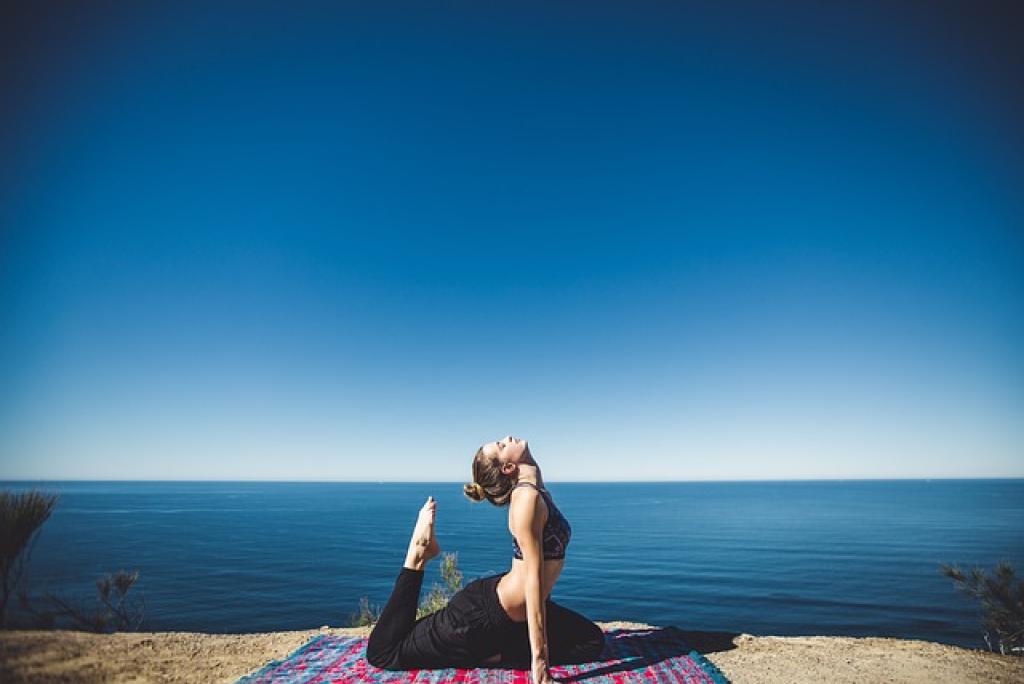Turning 50 is a milestone that comes with its own set of challenges and opportunities, especially when it comes to maintaining health and wellness. As the body changes with age, exercise routines that once seemed suitable might need some adjustments. But don’t worry! The benefits of staying active beyond 50 are well worth the effort.
Exercise at this stage of life isn’t just about keeping the waistline in check or staying fit, it’s about maintaining flexibility, balance, and overall vitality. These are the keys to extending one’s active years, enhancing mobility, and even boosting mental health.
Crafting an exercise routine that complements these new needs doesn’t have to be daunting. It can be as simple as incorporating a mix of cardio, strength training, flexibility exercises, and balance activities. The goal is to create harmony between challenge and enjoyment in fitness.
Embrace this journey with a fresh perspective, and explore exercise routines that are tailored not just for longevity, but for thriving well into the golden years. Let’s dive into how you can start moving smarter, feeling stronger, and living better.
Why is It Important to Tailor Exercise Routines for Individuals Over 50?
As we age, our bodies undergo a variety of changes that can impact the effectiveness of a one-size-fits-all exercise regime. These physiological changes, including decreases in muscle mass, bone density, and joint fluidity, necessitate adjustments to our fitness routines to prevent injury and maximize benefits.
Adapting for Safety and Efficiency
Tailoring exercise routines ensures that workouts are both safe and efficient. For example, substituting high-impact exercises with low-impact alternatives, such as swimming or cycling, can reduce stress on joints while still providing cardiovascular benefits. Similarly, incorporating exercises that focus on balance and flexibility, like yoga, or tai chi, can help prevent falls and enhance mobility.
Focusing on Specific Needs
Individual health conditions often become more prevalent after 50, requiring personalized adjustments. Like, someone managing osteoporosis might focus more on weight-bearing exercises to bolster bone health, whereas someone with arthritis may prioritize gentle stretching to improve joint function.
Recognizing these unique needs not only helps in safely achieving fitness goals but also fosters a sense of accomplishment and well-being. By recognizing and adapting to the body’s changing landscape, you can create a sustainable and satisfying exercise routine that supports an active and healthy lifestyle.
What Are the Best Low-Impact Exercise Options for People Over 50?
Finding the right low-impact exercises can make a significant difference in maintaining fitness while protecting the joints and muscles. These exercises are perfect for improving cardiovascular health, strength, and flexibility without unnecessary strain.
Walking is perhaps the simplest and most accessible low-impact option. Whether it’s a brisk walk through the park or a leisurely stroll in your neighborhood, walking helps enhance heart health and supports weight management. Plus, it’s an excellent way to enjoy some fresh air and sunshine.
Swimming and water aerobics offer other fantastic choices. The buoyancy of water reduces stress on the body while providing resistance that helps strengthen muscles. These activities are particularly beneficial for individuals with arthritis or joint concerns.
Cycling, whether on a traditional bike or a stationary one, delivers aerobic benefits similar to running but without the pounding impact. It’s a great way to strengthen leg muscles and boost endurance.
Additionally, exercises like yoga and Pilates focus on core strength, flexibility, and balance. These practices not only help with physical stability but also promote mental relaxation, making them a well-rounded choice for overall wellness.
Integrating these low-impact activities can help support an active lifestyle, keeping the body fit and energized.
How Can Strength Training Benefit the Health and Well-being of Individuals Over 50?
Strength training isn’t just for the young or those looking to bulk up. For individuals over 50, incorporating strength training into a fitness routine offers significant benefits that extend beyond physical appearance.
First and foremost, strength training helps combat the natural loss of muscle mass and bone density that accompanies aging. By regularly engaging in resistance exercises, such as using weights or resistance bands, you can maintain or even rebuild muscle strength. This increase in muscle mass supports everyday activities, making tasks easier and promoting independence.
Besides this, improved muscle strength contributes to better balance and coordination, essential for preventing falls—a common concern among older adults. Better balance reduces the risk of injuries, ensuring a safer, more active lifestyle.
Strength training also plays a role in enhancing metabolic health. Building muscle mass can boost metabolism, helping to prevent weight gain and associated conditions like type 2 diabetes and heart disease. Additionally, studies suggest strength training can improve mood and cognitive function, underscoring its comprehensive impact on well-being.
By including strength training exercises tailored to individual capabilities and health status, individuals over 50 can enjoy a robust blend of physical and mental health benefits, laying a foundation for a vibrant life.

Which Cardiovascular Exercises Are Ideal for People in the 50+ Age Group?
Maintaining cardiovascular health is crucial for aging gracefully, and the right exercises can make all the difference. For individuals over 50, it’s important to select activities that elevate the heart rate while minimizing unnecessary strain.
Walking remains a top choice for cardiovascular fitness. It’s adaptable to any fitness level and can be easily adjusted in intensity with variations in speed or incline. Regular brisk walks are known to enhance heart health, improve circulation, and increase lung capacity.
Another excellent option is cycling. Whether on a stationary bike or cruising outdoors, cycling offers a great cardio workout that’s gentle on the joints. It can be tailored to suit personal fitness levels, making it an inclusive choice for many.
Swimming provides a full-body cardiovascular workout that’s both effective and low-impact. The natural resistance of water not only offers a supportive environment for the heart but also helps tone muscles while reducing stress on the body.
Engaging in Aerobic Classes
For those who enjoy group settings, low-impact aerobic classes can be both motivating and effective. Classes like aqua aerobics or dance-based workouts are fun and beneficial for the heart while encouraging social interaction.
Incorporating these heart-friendly exercises into a regular routine can support overall health and vitality, allowing individuals in the 50+ age group to stay active and spirited.
The Bottom Line: Creating an Effective Exercise Routine for Individuals Over 50
In crafting an effective exercise routine for those over 50, it’s essential to focus on activities that boost physical health, enhance mental well-being, and promote a sense of enjoyment. The key is to balance low-impact exercises, strength training, and cardiovascular activities tailored to individual abilities and preferences.
Combining these elements helps maintain muscle mass and bone density, improve balance, and support heart health. It’s also a great way to keep energy levels high and spirits uplifted. As we’ve explored, walking, cycling, swimming, and low-impact classes can make exercise both accessible and enjoyable. Adding strength training to the mix further boosts metabolism and fortifies muscle support, contributing to an overall healthier lifestyle.
However, it’s important to listen to your body and adjust activities as needed. Consulting with healthcare professionals or fitness experts can provide personalized guidance, especially if you’re managing specific health conditions. Taking a gradual approach and celebrating small victories are effective strategies to keep you motivated and on track.
Remember, staying active is not just about prolonging life but about enhancing the quality of those years. An exercise routine that fits well into your life can offer a profound sense of achievement and joy. So, lace up those sneakers, grab that yoga mat, or hit the pool—whatever motivates you. Embrace the fun and rewards of a customized fitness journey as you continue your journey into the vibrant golden years.

No responses yet